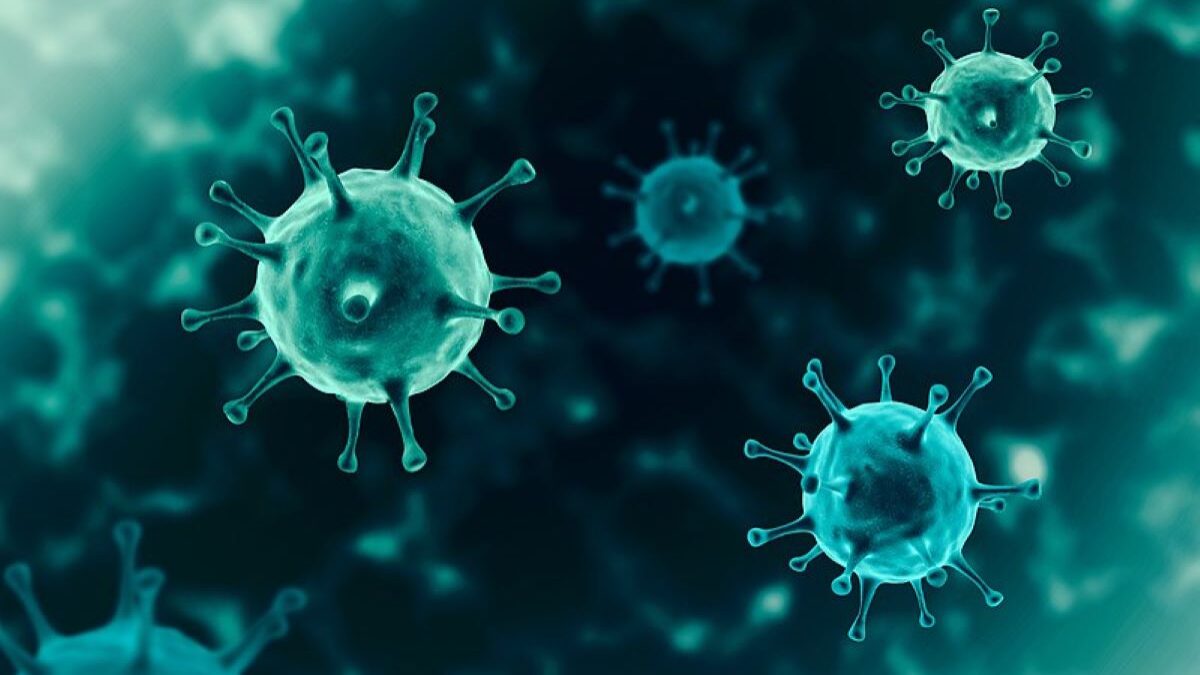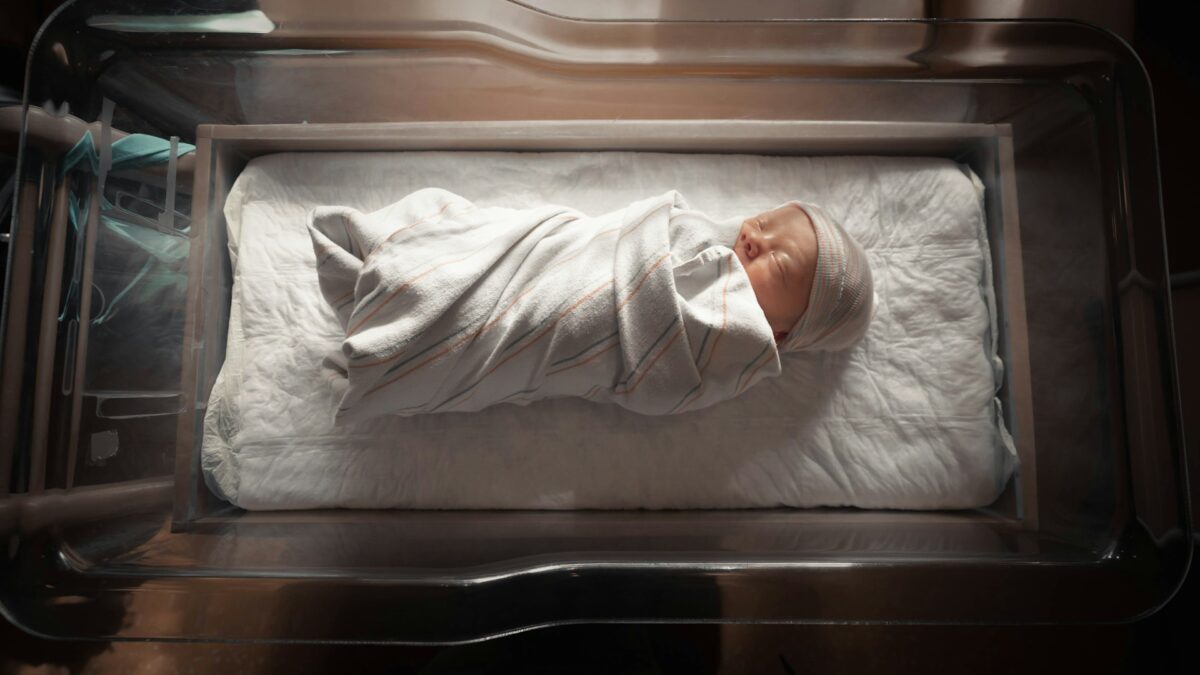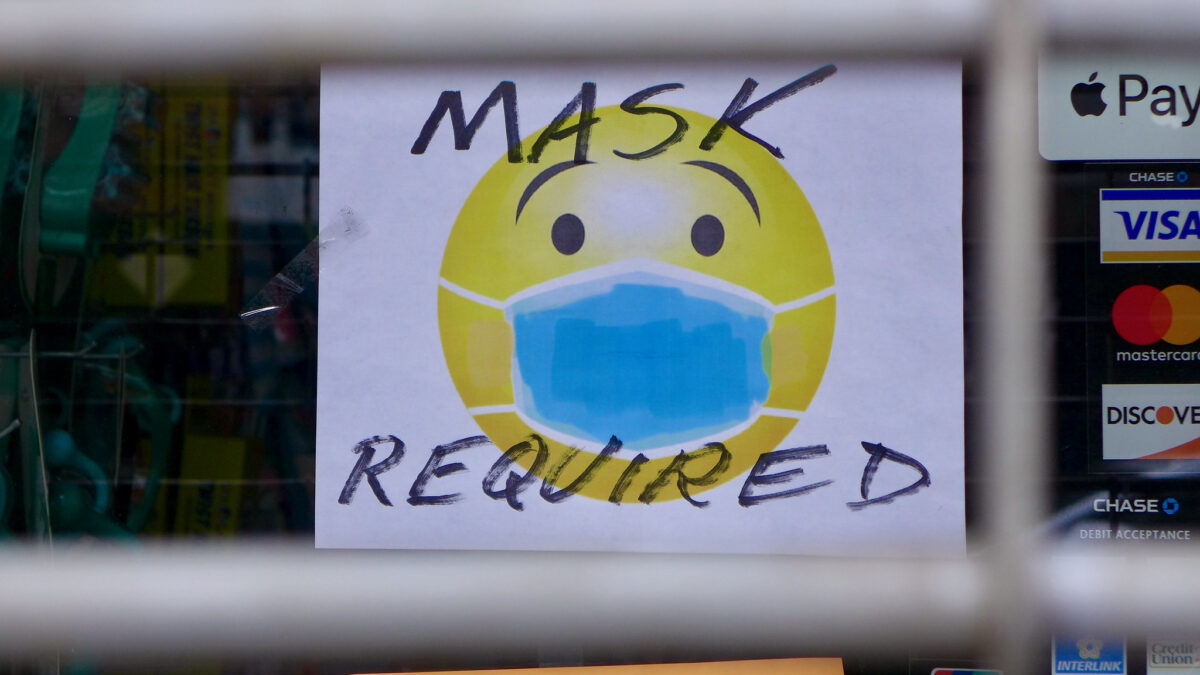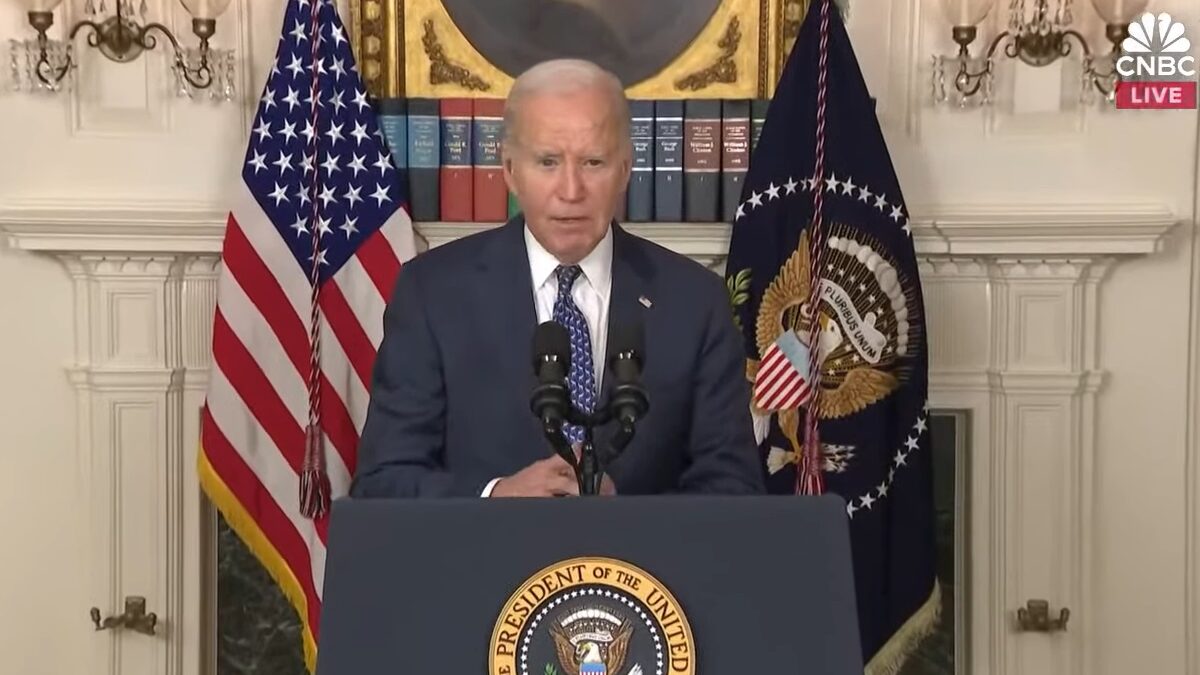In March 2020, American politicians orchestrated what would become the greatest assault against their citizens’ civil liberties in the modern era. Under the guise of “public health,” federal and state officials employed the outbreak of the Covid-19 virus to implement disastrous and ineffective lockdown policies, which crushed American jobs and small businesses, shuttered places of worship, and kept low-risk children out of school.
Despite a lack of evidence showing such policies were effective at containing the respiratory virus, politicians and government bureaucrats charged ahead, abusing the so-called “public health emergency” to implement fruitless mask and vaccine mandates, while simultaneously ignoring data regarding natural immunity and potentially life-saving treatments.
Now, nearly three years later, a coalition of medical professionals is demanding government officials answer for their actions. In a new 80-page report, the Norfolk Group, which is comprised of figures such as Drs. Jay Bhattacharya and Martin Kulldorff, lays out a blueprint “containing key public health questions” for a possible congressional “COVID-19 commission.” Throughout the document, the authors raise valid concerns and queries about the U.S. government’s and the medical industry’s handling of the Covid pandemic, in an effort to make sure that such destructive maladministration never happens again.
1. What Could Have Been Done to Better Protect Older, High-Risk Americans?
As noted in the report, age is the “single most important risk factor in predicting hospitalization or death” for Covid patients. Take for example the fact that from the beginning of the outbreak until June 2020, residents of long-term care facilities comprised 40 percent of Covid-related deaths in the country.
Given such information, it remains completely implausible why Democrat governors such as former New York Gov. Andrew Cuomo would order infectious, Covid-positive patients into nursing homes, placing other vulnerable seniors at risk of infection. What would justify such a decision? And how many lives were lost because of it?
2. Why Was Natural Immunity to Covid Ignored?
Immunity to viruses acquired through prior infection (otherwise known as natural immunity) has been a globally recognized concept for centuries. So, why was it so outwardly dismissed by health agencies when it came to Covid?
From early on in the pandemic, multiple studies showed previously contracting Covid helped individuals stave off reinfection. In a study conducted by researchers from Maccabi Healthcare and Tel Aviv University in Israel, for instance, which has been shown to use more accurate methodology than CDC studies on the same topic, found people with natural immunity to Covid could be 13 times less likely to contract the virus than those who were solely jabbed with the Pfizer shot.
“By October 2021, there was substantial evidence of robust immunity in persons with a history of only mild or asymptomatic infections,” the Norfolk Group report reads. “Despite this, the CDC claimed that ‘there are insufficient data to extend the findings related to infection-induced immunity at this time to persons with very mild or asymptomatic infection or children.'”
3. Why Were Schools and Colleges Closed?
Much like with natural immunity, the science surrounding children and Covid was known in the early stages of the pandemic. Unlike in older adults, Covid presents a low risk to children, and children are less likely to transmit the virus than adults.
Yet, none of this made a difference to many U.S. politicians, who kept schools closed for months and deprived children of social interaction and an in-person education. (It was later revealed that teachers unions played a role in pressuring the CDC to pump the brakes on its guidelines for school reopenings.)
4. Why Was Covid Prioritized over Other Health Problems?
Due to the lockdown strategy and public officials’ singular focus on Covid, individuals with non-Covid health problems were unable to acquire the care they desperately needed. As noted in the report, the number of Americans undergoing cancer screenings and emergency room visits plummeted during the lockdowns, while at-home cardiovascular-related deaths increased. Coupled with the rise in mental health problems and domestic violence, the decision by the health establishment to prioritize Covid over other ailments has had dire consequences for many.
5. Why Did the CDC Fail to Collect Accurate Data About the Virus?
Given the CDC’s dismissal of natural immunity to Covid, it’s unsurprising the agency was unable to provide the public with accurate and consistent data regarding the virus. According to the report, the CDC “relied on its influenza-like illness surveillance system as a main data source for respiratory illness identification,” leading to an “underestimation of SARS-CoV-2 transmission because it didn’t count asymptomatic or mildly symptomatic individuals.”
Combined with its failure to keep tabs on the number of individuals previously infected with Covid and its inability to clarify if individuals died from Covid or with Covid, the CDC has shown itself to be another inept federal department unworthy of taxpayer money.
6. Why Did Public Health Officials Trust Unreliable Models?
Since the beginning of the Covid outbreak, policymakers and politicians have often relied on faulty and inaccurate epidemiological models, which were used as a pretext for lockdowns and restrictive mandates. In March 2020, for example, Imperial College London published a model asserting there would be a catastrophic number of Covid deaths unless societies locked down and individuals socially distanced.
Predictably, the research paper turned out to be a total dud.
“Why did world leaders overly rely on models that made unverified assumptions about the pandemic’s trajectory rather than trying to verify these assumptions and their implications? Did politicians and public health officials understand inherent limitations in epidemiologic COVID-19 models?” the Norfolk report asks.
7. Why Was There a Concentrated Effort to Demonize Potential Covid Therapeutics?
Given the serious nature of a global pandemic, we’d like to think the medical community would make finding potential treatments for the disease a priority. Yet, at every turn of the Covid pandemic, there has been a collective effort to demonize drugs and medications seen as possible treatments for the respiratory virus, with hydroxychloroquine and ivermectin being the most notable.
Even treatments that were FDA-approved for Covid patients — such as monoclonal antibodies — did not receive adequate backing or promotion from federal health officials or agencies.
8. Why Did Public Health Officials Disregard Safety Protocols for the Covid Jabs?
It’s no secret by now that, in addition to not stopping transmission as advertised, the Covid jabs come with some pretty alarming possible side effects. So, it comes as no surprise that their manufacturers — Pfizer, Moderna, and Johnson & Johnson — did not employ proper testing methods during the shots’ trial phase.
According to the Norfolk Group report, “none of the Pfizer, Moderna or the Johnson & Johnson trials were sufficiently powered to evaluate efficacy against hospitalization and death, and none could determine efficacy against transmission.”
“While the trial designs allowed rapid deployment to the public, the limitations in knowledge they produced– particularly about absolute risk reduction for hospitalization and death, vaccine adverse reactions, and about the fact that trials did not study whether vaccines limited transmission – were not clearly conveyed to the public,” it adds.
9. How Did the U.S. Get Its Covid Testing Policies So Wrong?
When it became obvious early in the pandemic that the strategy of mass Covid testing and contact tracing wasn’t working, the public health establishment could (and should) have altered its strategy. Instead, the CDC pushed forward, recommending institutions such as schools conduct mass asymptomatic surveillance testing of low-risk children.
Rather than conduct testing at places where it matters — like hospitals and nursing homes — the public health establishment wasted endless amounts of time and money on testing individuals who didn’t need to be.
10. Why the Massive Push for Ineffective Mask Mandates?
In case you still needed convincing, the Cochrane Library recently published a study showing —yet again — that wearing masks “makes little or no difference to influenza-like or COVID-19-like illness transmission.”
But such data and similar analyses haven’t stopped the CDC from relentlessly pushing face masks as a tool to “stop the spread” of Covid for the past three years. In fact, according to the Norfolk report, the agency “cited no evidence for the efficacy of masks” when it began recommending the public use them in April 2020.









